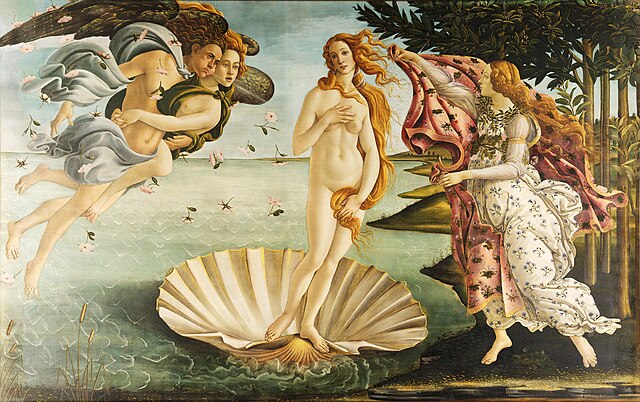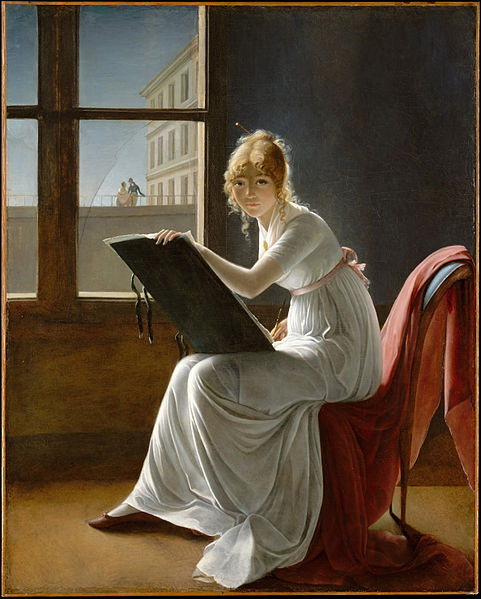Effeminacy or male femininity is the embodiment of feminine traits in boys or men, particularly those considered untypical of men or masculinity. These traits include roles, stereotypes, behaviors, and appearances that are socially associated with girls and women. Throughout history, men considered effeminate have faced prejudice and discrimination. Gay men are often stereotyped as being effeminate, and vice versa. However, femininity, masculinity, and other forms of gender expression are independent of sexual orientation.
The Younger Apollo Teaching Hyacinth to Play Lyra by Louis de Boullogne
In Virgil's tale of the two young lovers, Nisus and Euryalus, Euryalus was "beautiful" and had a close relationship with his mother, while Nisus was fast and skilled with weaponry.
Femininity is a set of attributes, behaviors, and roles generally associated with women and girls. Femininity can be understood as socially constructed, and there is also some evidence that some behaviors considered feminine are influenced by both cultural factors and biological factors. To what extent femininity is biologically or socially influenced is subject to debate. It is conceptually distinct from both the female biological sex and from womanhood, as all humans can exhibit feminine and masculine traits, regardless of sex and gender.
Venus with a Mirror (c. 1555) by Titian, showing the goddess Venus as the personification of femininity
The Birth of Venus (1486, Uffizi) is a classic representation of femininity painted by Sandro Botticelli. Venus was a Roman goddess principally associated with love, beauty and fertility.
Portrait of Charlotte du Val d'Ognes by Marie-Denise Villers, 1801, Metropolitan Museum of Art (possibly a self-portrait), depicts an independent feminine spirit.
Muslim woman wearing a headdress (Hijab)






